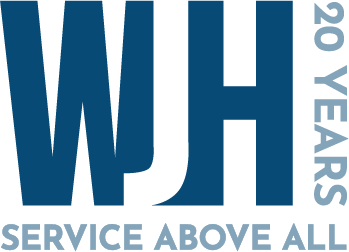If a frog is on your site, it would be prudent to check if it is a Threatened & Endangered species. If it is a Threatened & Endangered species, wetland transition areas and riparian zones will be affected. A wetland transition area is a buffer area upland from a freshwater wetland used to minimize negative impacts on the wetland. Similarly, a riparian zone is land within and adjacent to regulated water and is used to minimize negative impacts on the regulated water. With the presence of Threatened & Endangered species, the transition areas and riparian zones are increased. And when these buffer areas are increased, the developable area of a site will become smaller.
For a wetland transition area, no transition area is required if the wetland is manmade. A transition area of 50 feet is required for a typical wetland, and a transition area of 150 feet is required if there is a presence of Threatened or Endangered species. For riparian zones, a zone of 50 feet is required for typical regulated waters, a zone of 150 feet is required if there are trout and Threatened & Endangered species present, and a zone of 300 feet is required along special waters and tributaries.
Requirements in certain special planning areas, such as the Pinelands, can be more restrictive, as well. The requirements set for these areas are made to especially minimize harm from development on the wetland and regulated waters and to preserve those lands.
WJH has an existing relationship with Dubois & Associates. This company investigates sites, creates inspection reports that detail wetland, Threatened & Endangered species, flood hazard areas, and provides recommendations for buffers based on their findings. Their reports are invaluable to the projects we work on and give us our layout constraints that we need to work with when designing.
If a project is to commence, we have outside professionals, such as DuBois & Associates, provide guidance regarding these buffers, or can request information from the NJDEP. This information can include a Letter of Interpretation (LOI) to determine the boundary of a wetland and its required transition area, or a Flood Hazard Area Verification, to determine the required riparian zone buffer width. If you are looking for a company that offers a wide range of engineering expertise, contact WJH Engineering today!


